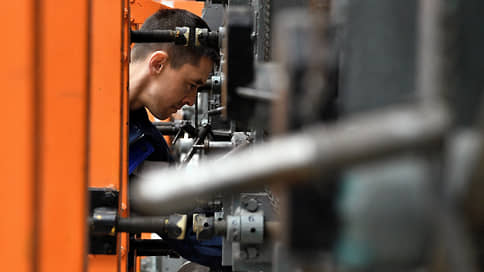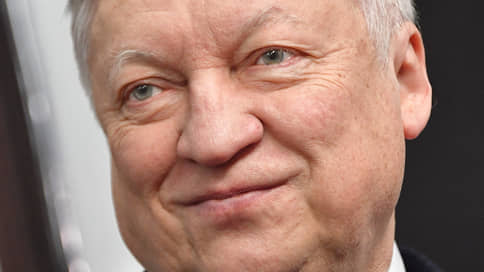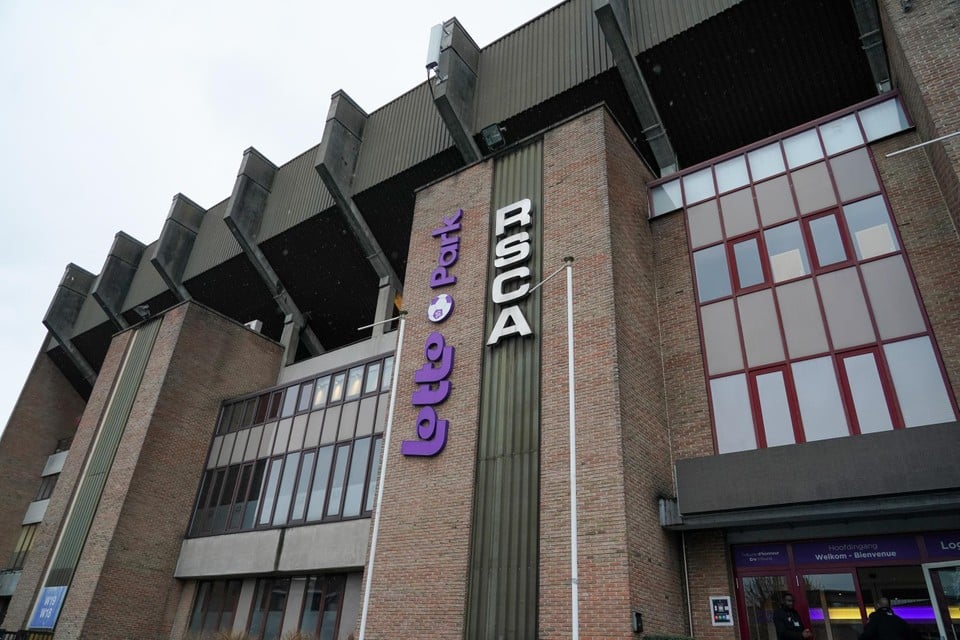release assessments are growing, waiting for demand restrained

The results of monitoring enterprises from the Bank of Russia confirmed and supplemented the picture of the previously identified demand deterioration in industry. In particular, the corresponding expectations of companies in May after three months of increase decreased to the level of the beginning of the year. Although the indicator of the business climate determined by the Central Bank, which captures the condition of all the main sectors of the economy, remains at the level of the fourth quarter of 2024, in April-May there are noticeable structural shifts.
In May, current issues of issue compared with April and the first quarter grew both in general in economics and in most industries, the Central Bank said on May 22 in its “monitoring of enterprises”. In particular, growth was noted in the production of consumer goods (the demand of the population for them, according to Sberindex, began to be restored in May), in the field of services and wholesale trade. At the same time, the release of release has significantly decreased in the mining sector and in agriculture.
The current assessments of the demand for products and services in May compared with April and the first quarter also slightly increased and returned to the level of February. Growth was noted in the production of consumer goods, in construction, in retail and auto -trade, in the field of transport and storage, in services. A noticeable decline – in prey, as well as in the production of intermediate and investment goods (see schedule). It should be noted that previously analysts were observed on the actual data of Rosstat.
The expectations of demand after three months of increase in May decreased to the level of the beginning of the year. The expectations of enterprises in all sectors except transport and agriculture were more restrained in comparison with April. The lowest expectations for demand have been preserved in construction, the Central Bank notes. It should be noted that earlier analysts of the Institute of People’s Economic Forecasting of the Russian Academy of Sciences have already noted a deterioration in the dynamics of demand assessments in industry (see Kommersant on May 22).
As for the expectations of production companies, they have also become more moderate, most noticeable in the trade in vehicles and retail. “Retailing companies have previously noted an increase in competition, especially from marketplaces,” the Central Bank records.
Against this background, the growth of selling prices for products and services of enterprises in general in economics in May slowed down for the third month in a row. This happened in almost all the main activities – with the exception of production (the most – in trading in vehicles and in agriculture). “The costs of enterprises as a whole in economics have grown less than in April, partly due to strengthening the ruble,” the Central Bank explains. The growth of costs slowed down in all basic industries, except for agriculture and processing. Significant factors in cost growth remained the rise in the cost of raw materials and materials, an increase in the cost of fuel and utilities. The price expectations of companies have decreased to the level of lower than the average values of 2023, but there are greatly higher values of 2017-2019, when inflation was near the target values of the Central Bank.
The average price growth rate expected by enterprises in the next three months in May in May decreased to 4.4% from 4.6% in April (everywhere, except for the sphere of power supply and sanitation, there are 16.5% growth and 13%, respectively, respectively, respectively, due to the upcoming increase in tariffs).
On average, in the first quarter, only 20% of respondents did not encounter difficulties limiting current activities. The most common obstacles were the cost of costs (30%of the companies surveyed), personnel deficiency (21%) and lack of funds to finance working capital (16.5%). At the same time, lending conditions in May, according to enterprises, were tightened less than in the previous months. It is noteworthy that the least significant obstacles were called logistics problems (just more than 5% of respondents), the expansion of sanctions and a lack of capacities (4% each). Such data strengthen the possibilities for private consumption – in contrast to the prospects for the growth of capital investments of organizations.








